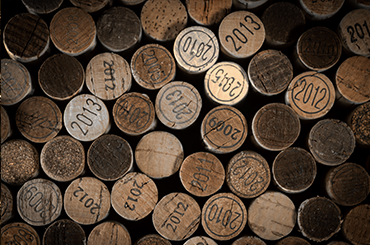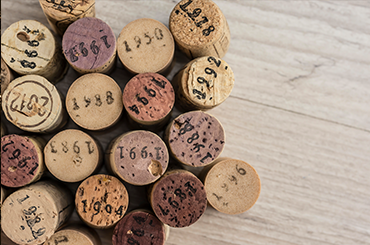There are a lot of questions on how to cellar wine, and almost an equal amount of bad advice. We answer some of your biggest cellaring questions: What are the best wines to cellar? How long should I cellar my wine for? And when should I drink cellared wine?
Best wine to cellar
How do you know if a wine should be cellared? Well, alcohol itself is a preservative. Put anything in a jar of pure alcohol and it will be preserved; at much lower levels, alcohol performs the same function in wine. Moscato for instance is often incredibly low in alcohol. It works when it’s young and fresh, but then falls on its backside if you keep it for any length of time – much like those who drink it. Vintage port – high in alcohol – is the opposite. It’s sturdier than a brick outhouse – much like those who drink it – and can be kept for just about ever. Take a bow alcohol.
Acid – such an ugly word, such a beautiful detail – is another key preservative of wine. One reason why all those citrussy rieslings come into their own after a long stint in a cool, dark place is that they’re sizzling with acidity. Tannin, same. Sulphur, likewise. All these things are required, or at least help, to preserve a wine, and so assessing them in the young wine helps you know whether a wine is a good candidate for the cellar or not. That aforementioned moscato? It’s low in alcohol, sulphur, acid and tannin. In cellar terms, it doesn’t stand a chance.
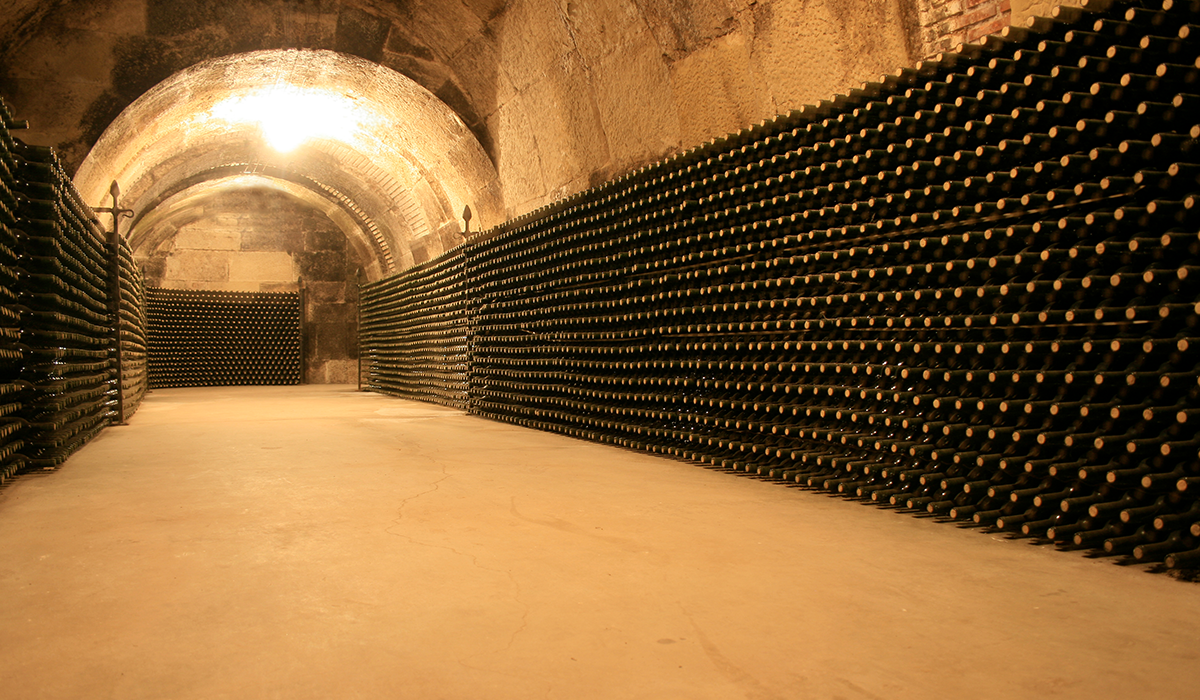
What is an unbalanced wine?
Time is the great magnifier. Any small fault or feature in a young person gets blown out of proportion in both terrible and tremendous ways as the decades slip by. Wine is the same. That’s why balance is everything in a cellar-worthy wine. If a young wine is slightly unbalanced when it’s young, chances are it will be massively unbalanced after a long stint in the cellar. The minor becomes mighty at the hand of time.
By unbalanced, we simply mean the wine leans too heavily on tannin, or alcohol, or acid, or sulphur, or indeed that it’s guilty by omission; there isn’t enough of these things, or the wine simply doesn’t have the fruit to carry them. With wine, you don’t want things to poke out. Cellar-worthy wine can be wild with personality, it can be bulging with muscle, it can be loud with flavour or soft, it can be more about potential than fulfilment; but it needs to sing in harmony.
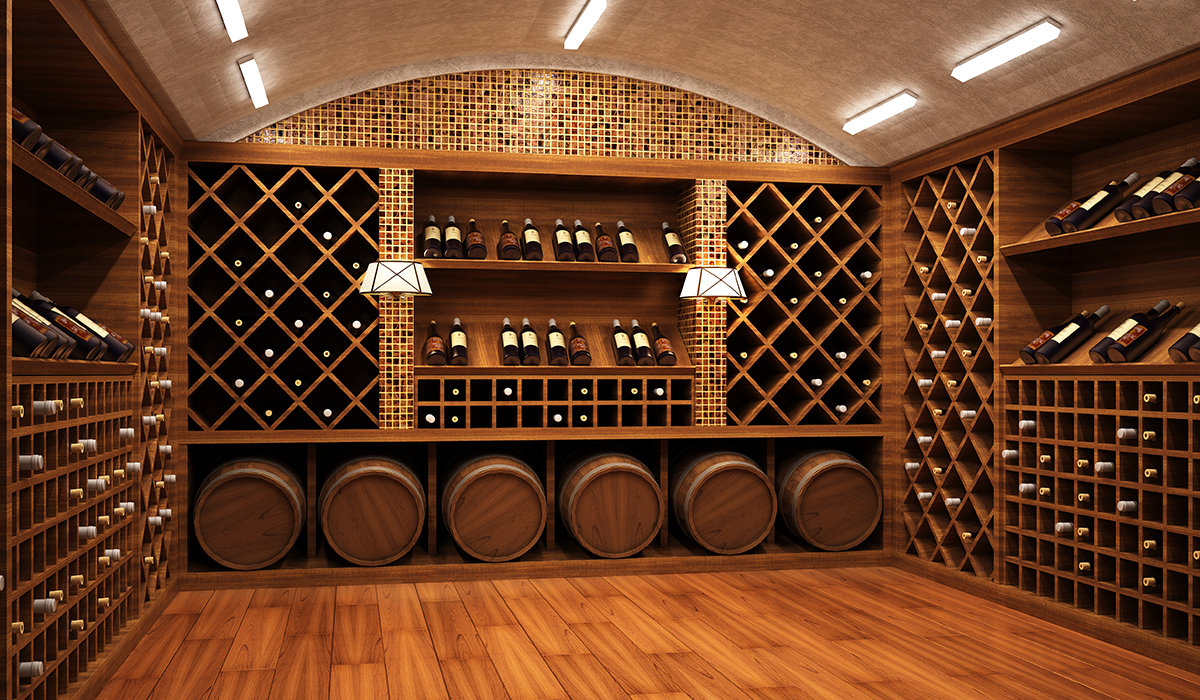
Can all wine be cellared?
This brings us to an essential point. A wine can have all the best preservatives in the world, all measured and balanced with precision, and still be unsuitable for the cellar. The essential thing is there must be something worth preserving in the first place.
To be cellar-worthy, a wine must have good stuffing. It doesn’t need to be big or thick or hearty, but the wine must at the very least suggest a power; an intensity. It must make a clear statement that it has something worth preserving; something worth investing time in.
All tannin, acid, alcohol and sulphur do is take the power and glory of grapes and shuffle them straight to the pool room for safe (or long) keeping. A well-cellared, beautifully mature wine is one of the wonders of life, but it isn’t necessarily the holy grail. It’s a different and remarkable expression of wine. Can it possibly taste better? Does it need time to soften? Does its harmony impress you? These are the questions you need to ask yourself.
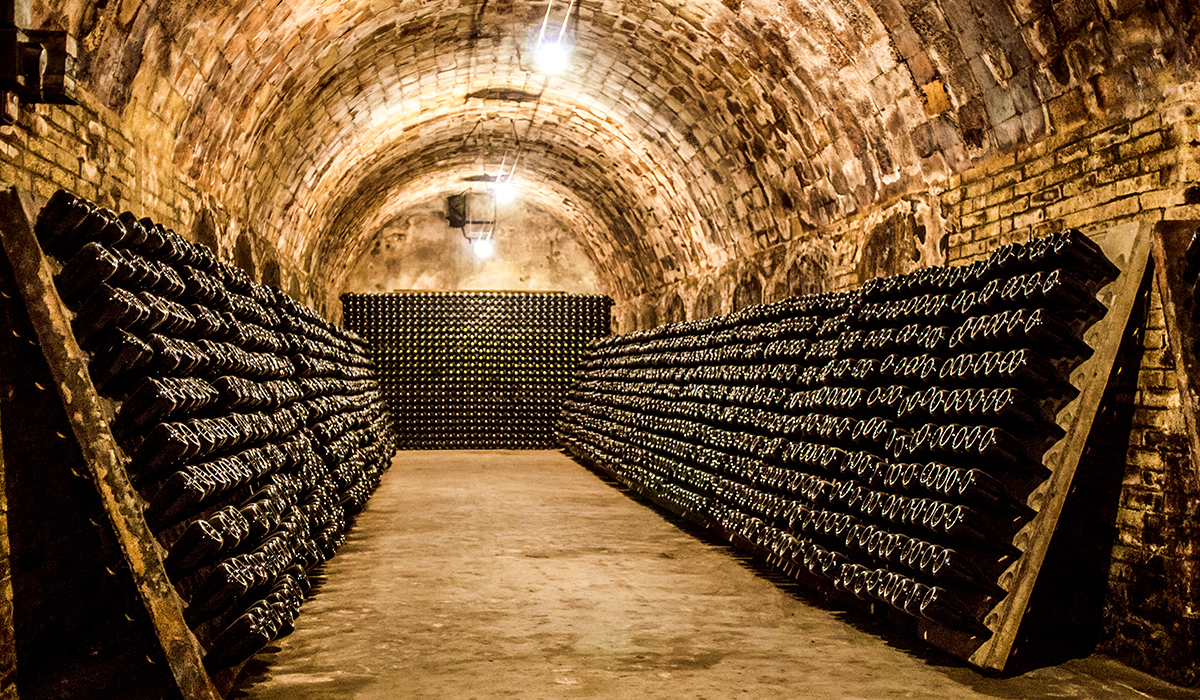
Cellaring frequently asked questions
How long should I cellar my wine?
Different wines will age at different rates, therefore the ideal cellaring time will depend on the grape variety and the characteristics of the wine.
How long should I cellar white wine for?
White wines like chenin blanc, dry riesling, gewürztraminer, grüner veltliner, pinot gris and grigio, sauvignon blanc, vermentino and viognier can be cellared for one to three years. Arneis, NV champagne, chardonnay and fiano can be cellared for three to five years, while champagne, riesling and semillon can be cellared for five to 10 years. Botrytised riesling, sauternes and muscat can be cellared for up to 20 years.
How long should I cellar red wine for?
Light red wines like gamay should be enjoyed young, cellar them for one to three years. Barbera, negroamaro and pinot noir can be layed down for three to five years. If you're looking for a wine to cellar for five to 10 years, try cabernet franc, grenache, nero d’Avola, sangiovese and tempranillo. And then you have cabernet sauvignon, malbec, merlot, nebbiolo and shiraz/syrah, which can be cellared for 10 to 20 years.
Where is the best place to store my wine?
Wines should be stored in a cool, dark place, and it's important that the temperature remains consistent. Ideal cellar conditions are a temperature of up to 15 degrees and a relative humidity of 75 per cent. You want to limit the amount of light exposure, and don't select a place that will be impacted by vibration (don't store your wines under the stairs!).
How do I know when a cellared wine is ready to drink?
Use the wine's tasting note as a guide. You can also use tracking tools like the Halliday Virtual Cellar to catalogue your wines, which also includes key information like drink-to dates. There are also wine tools, like the Coravin Wine Preservation System, available to ensure you don't miss a wine's peak drinking window.
Expand your knowledge with Halliday Wine Academy
Halliday Wine Academy offers an in-depth view of the Australian and international wine landscapes. Select Introduction to Wine to learn about Australian wine and regions or choose Wines of the World (part one) to get to know international wines.Through Introduction to Wine, students will learn about Australian wine and wine regions, how wine is made, how to taste and describe wine, how to approach food and wine matches, along with handy tips that address common wine questions. And in part one of our Wines of the World course, discover and explore the iconic wines, regions and laws of France, Spain, Portugal, Hungary, Germany and Austria.
Part of this article was written by Campbell Mattinson.






